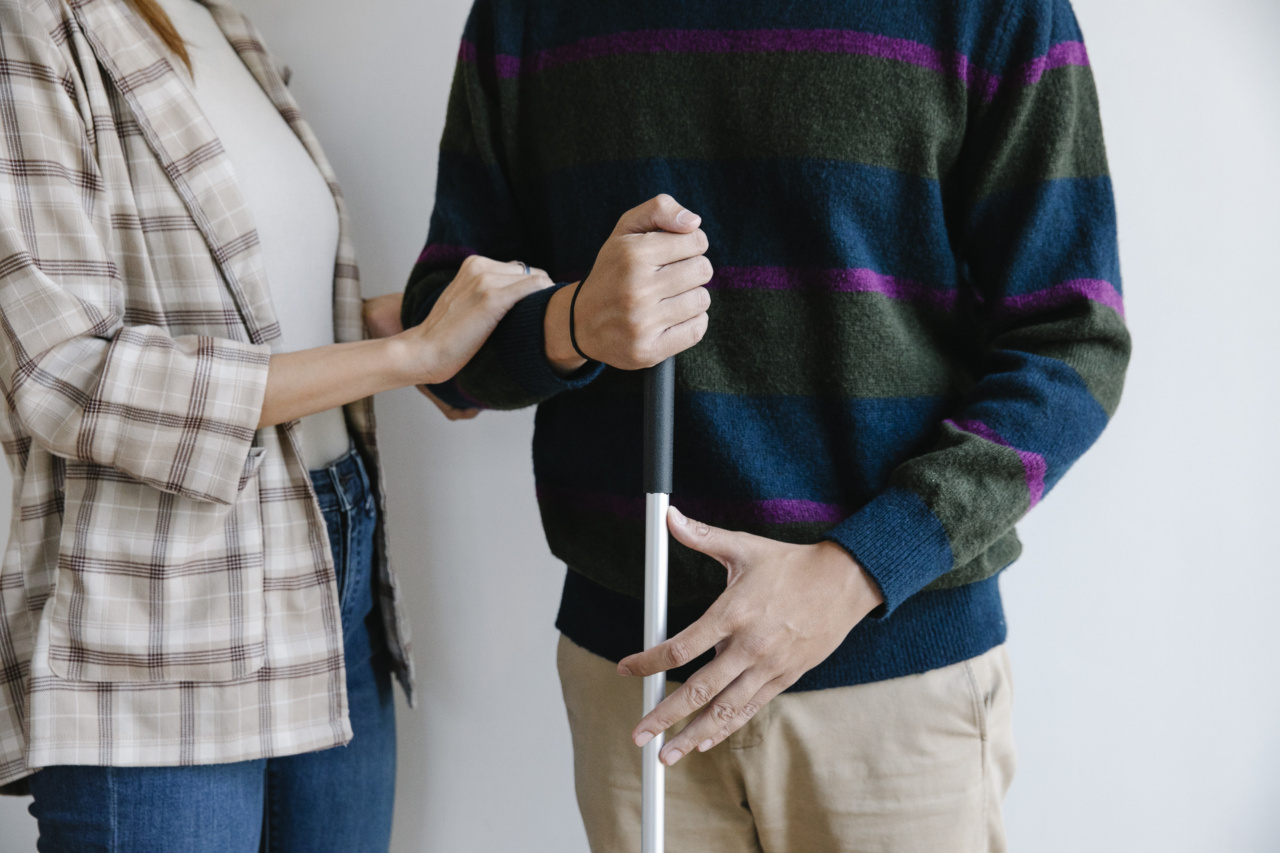World Low Vision Support Day is observed on the 4th of December every year. It is a day dedicated to creating awareness about low vision and providing support to individuals who are visually impaired.
Living with low vision can be challenging, and it is important for society to be educated on how to assist and support those with visual impairments.
1. Be Understanding and Patient
When interacting with someone who is visually impaired, it is crucial to be understanding and patient. Remember that they may need more time to navigate or complete tasks.
Avoid rushing or becoming frustrated, as this can increase their anxiety levels and hinder their independence.
2. Provide Clear Communication
Clear communication is essential when assisting someone with low vision. Make sure to speak clearly and audibly so that they can hear you properly.
Avoid using complex language, and when necessary, provide detailed descriptions of objects or surroundings to help them orient themselves.
3. Offer Assistance
If you notice someone with low vision struggling or looking uncertain, offer your assistance. Politely ask if they need any help and let them know you are there if they require guidance or support.
However, it is important to respect their independence and wait for their response before intervening.
4. Guide Dogs and Canes
Many visually impaired individuals utilize guide dogs or canes to navigate their surroundings. If you encounter someone with a guide dog, remember that the dog is working and should not be distracted or petted without permission.
If you notice someone using a cane, be mindful of their personal space and avoid obstructing their path.
5. Describe Surroundings
When assisting someone with low vision in a new environment or unfamiliar location, it can be helpful to provide detailed descriptions of their surroundings.
Talk them through the layout of the room or area, identify obstacles or landmarks, and offer information on where things are located.
6. Offer Arm Support
If an individual with low vision requests or seems to be in need of physical support, you can offer them your arm. This can provide them with stability and help them navigate through crowded or unfamiliar spaces.
Allow them to hold onto your arm lightly and guide them at a comfortable pace.
7. Avoid Unwanted Touch
While offering assistance and providing arm support is appreciated, always ensure to ask for permission first. Some visually impaired individuals may have personal boundaries and prefer not to be touched.
It is always respectful to ask if they would like assistance before extending a helping hand.
8. Clear Pathways and Access
Make sure to keep pathways clear of obstacles and clutter to assist visually impaired individuals in their movement. Removing potential tripping hazards and keeping walkways well-lit can greatly enhance their safety and independence.
Accessibility ramps and handrails can also be beneficial in public spaces.
9. Assist with Technology
There are numerous technologies available that can assist those with low vision in their day-to-day activities. If you are familiar with any such technologies, offer guidance or assistance in using them effectively.
This can include screen readers, magnifying software, or smartphone accessibility features.
10. Educate Others
Spread awareness about low vision by educating others about the challenges faced by visually impaired individuals. Encourage empathy, understanding, and inclusivity in your social circles and community.
By fostering a more inclusive society, we can create a supportive and accommodating environment for those with low vision.































